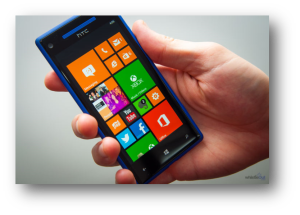By: Claire Kim
It’s a bird! It’s a plane! No, it’s…5G wireless? What was wrong with 4G? How is 5G even different?
While many of us are familiar with the small 4G or LTE in the corner of our phone screens, we rarely think beyond the idea that data is on. In fact, 4G is shorthand for ‘4th generation’, meaning the fourth generation of wireless network technology. The International Telecommunication Union, a branch of the UN, codifies the standards for each consecutive generation so that there is a uniform reliability for each generation. The standards haven’t been set yet, but here’s what we know so far:
5G has the potential to offer speeds up to 40 times faster than 4G – but of course, realistically speaking, there’s not a huge chance that it will be that fast. Actual speeds are estimated at around four times faster than 4G.
The main goal of 5G wireless is not only to speed up wireless, but to enable the creation of new wireless gadgets. WIth a higher speed, 5G will make possible faster smartphones, more smart-home devices, and whichever wearable tech fad pops up next. The ultra-low latency of 5G would reduce the amount of time taken by the network to respond to commands, making videos and web pages load faster. 5G is also supposed to be more power-efficient, which would make devices last longer with the same amount of power.
However, the goal of the people working on making 5G a reality is not to decrease Netflix streaming times, or make the Facebook app load any faster. By creating 5G, engineers are hoping to create an infrastructure backbone for connected devices everywhere, making inventions such as smart cars becoming a reality. When all devices are connected, there are some pretty cool things that can happen. For example, Ericsson, the world’s largest telecom gear vendor, recently released to the public a connected bicycle helmet, made in partnership with Poc, a sports gear manufacturer. Connected cars were able to sense the helmet, and automatically hit the brakes to avoid a collision. These sorts of innovations are what 5G is capable of creating.
The future is still far-off; even with extremely optimistic estimations, the earliest possible time that 5G will be marketed to the public is 2017. However, just like 4G brought on large amounts of market change and innovation, 5G will most certainly spark a revolution’s worth of change in the technology markets.

